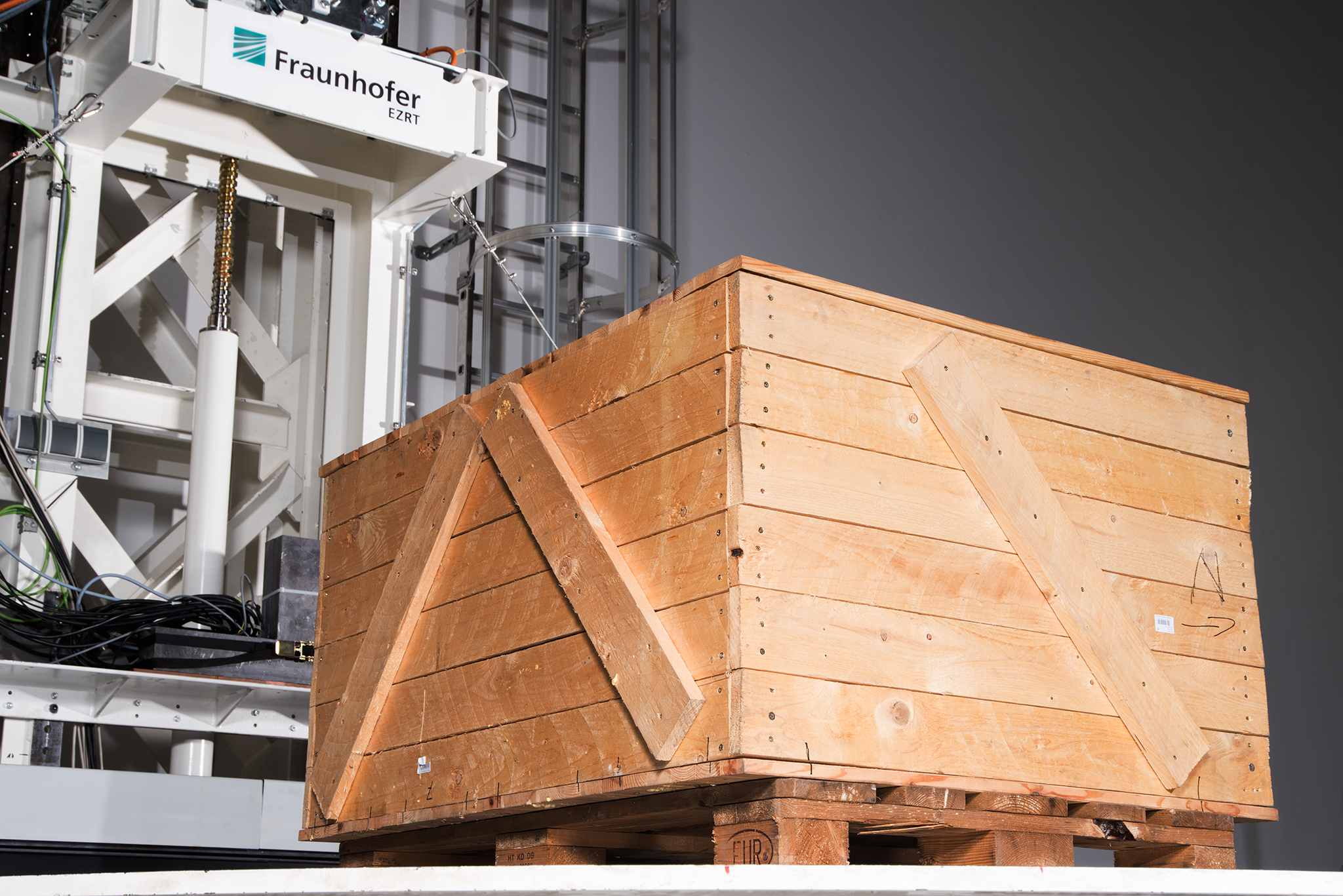An initial scan revealed that inside the heavy block was a very large metallic object. However, the surrounding soil shielded the metallic content so well that further insights were not possible. For this reason, the block was transported to Fürth.
The XXL CT system there offers the unique opportunity to comprehensively capture large-volume objects in three dimensions. By using high X-ray energies of up to nine mega-electron volts, good penetration of the block was achieved, allowing for a particularly density-accurate depiction of various materials. The spatial resolution is in the sub-millimeter range.
The investigations revealed that the object is a Roman lorica segmentata. »It is the oldest and only preserved lorica segmentata to date. This find provides us with completely new insights into Roman armor technology,« said Prof. Dr. Salvatore Ortisi (Ludwig Maximilian University of Munich), interim head of the scientific department at the Museum and Park Kalkriese since his departure from the University of Osnabrück.


